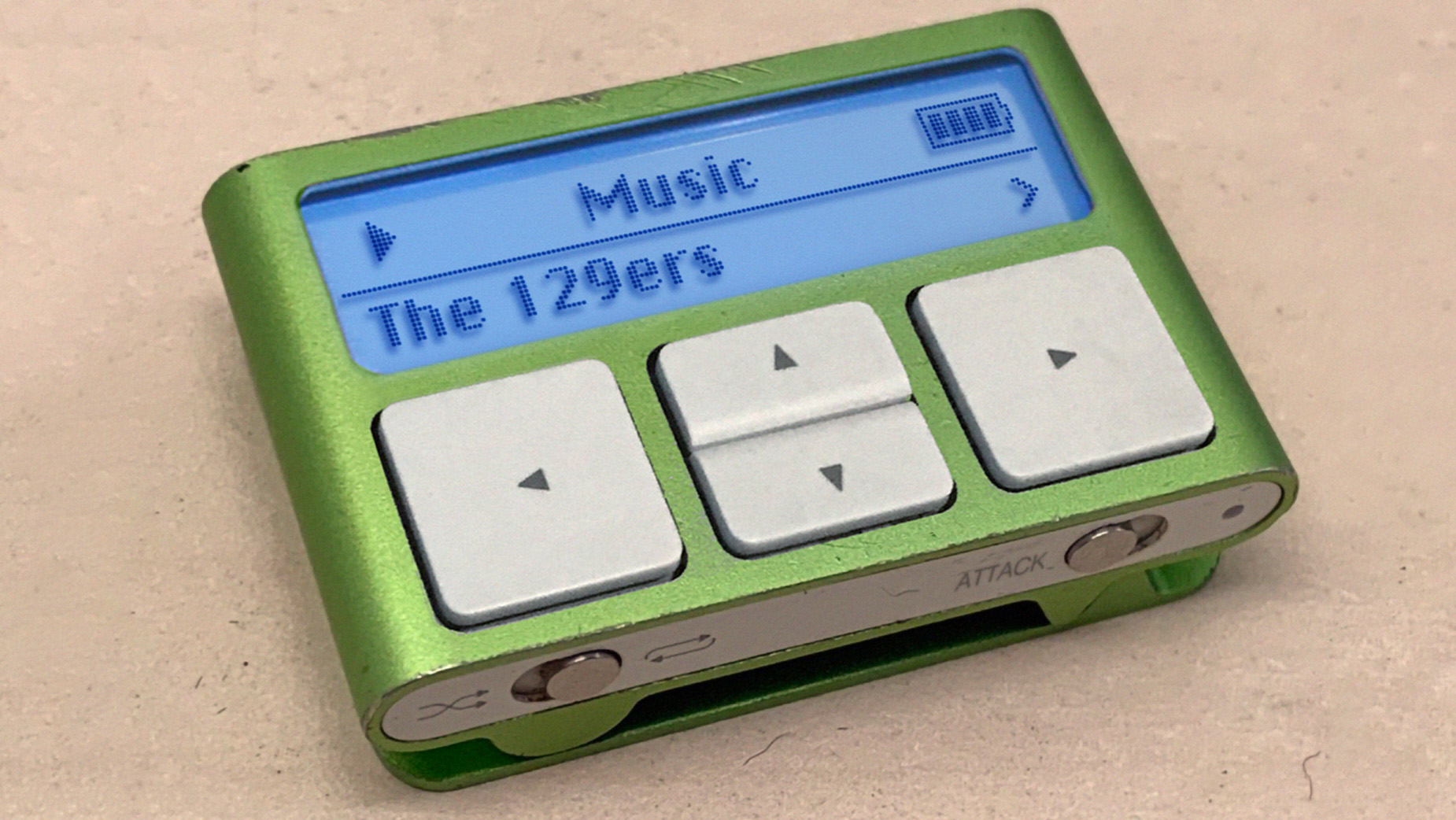Astronomers have attempted to answer many mysteries of the universe. Where did it come from? How old is it? (about 13.8 billion years old, if you're wondering). But the question that might be of most interest to creatives and colour theorists is what colour is it? It sounds like the kind of profound question up there with the meaning of life, but scientists have an answer to it – and it's probably the last colour you'd imagine.
Look up at night and you might assume the universe is pretty dark (we won't get into whether black is a colour – see our guide to colour theory), and based on science fiction films, you might imagine it to be a nebulous blue, green or purple – in fact, scientists originally thought it was turquoise. But no; it turns out that it's a colour that's loved and hated in equal measure. It's beige.

Back in 2002, the Johns Hopkins University astronomers Karl Glazebrook and Ivan Baldry set out to identify the average colour of the universe "as a lark". To do so, they gathered light from 200,000 galaxies as far as several billion light-years away and separated it into different colours, rather like how a prism breaks sunlight into a rainbow. They then assigned average colour values to the light gathered and converted it into the primary colour scale seen by the human eye.
Their initial conclusion was that the combined hue of the light from all those galaxies was a fetching pale turquoise. Cosmic spectrum green, they named it. But colour engineers found a flaw in the software that had been used to convert the data into a hue compatible with human sight. This had caused the computer to pick a nonstandard white to mix with the other colours. When corrected with a standard white index, the resulting colour was a whole lot blander.

The astronomers put out a call for ideas to name the colour, pleading for anything that avoided the much-maligned term "beige". Suggestions ranged from cappuccino cosmico to univeige and even astronomer green. They finally settled on cosmic latte, noting that latte means milk in the language of Galileo and recalls the Italian term for our galaxy, the Milky Way, or Via Lattea. If you want to use the intergalactic colour in your own work, the hex triplet value for cosmic latte is #FFF8E7. You can see Glazebrook and Baldry's report here.
The findings, which have resurfaced online, are great news for fans of beige chinos or cargo pants everywhere. In our guide to colours and emotions, we note that beige is great for background colours and can have a calming effect, but it's often criticised as dull on its own. However, cosmic latte creates a whole new connotation for a colour that's no longer bland; it's interstellar.
Read more:
Get the Creative Bloq Newsletter
Daily design news, reviews, how-tos and more, as picked by the editors.

Thank you for reading 5 articles this month* Join now for unlimited access
Enjoy your first month for just £1 / $1 / €1
*Read 5 free articles per month without a subscription

Join now for unlimited access
Try first month for just £1 / $1 / €1

Joe is a regular freelance journalist and editor at Creative Bloq. He writes news, features and buying guides and keeps track of the best equipment and software for creatives, from video editing programs to monitors and accessories. A veteran news writer and photographer, he now works as a project manager at the London and Buenos Aires-based design, production and branding agency Hermana Creatives. There he manages a team of designers, photographers and video editors who specialise in producing visual content and design assets for the hospitality sector. He also dances Argentine tango.
